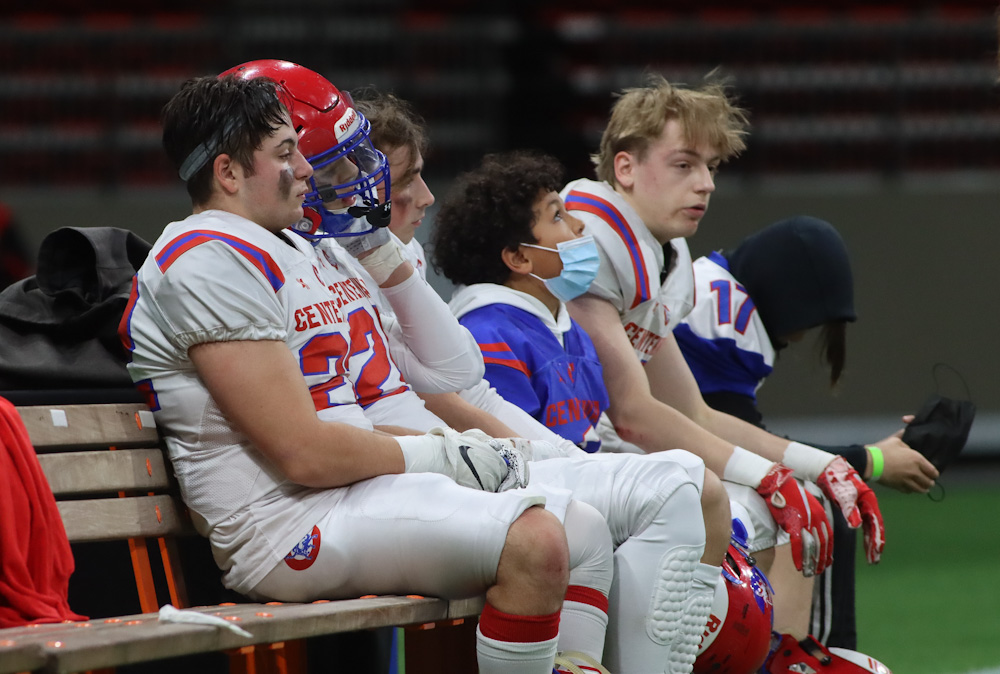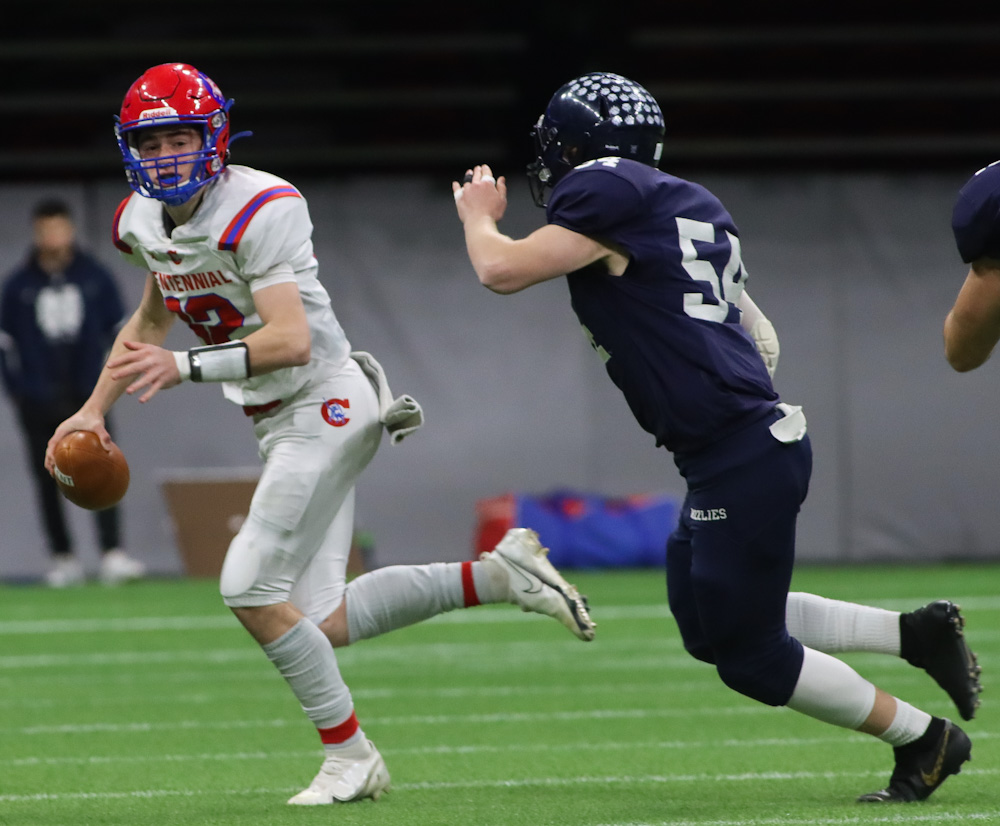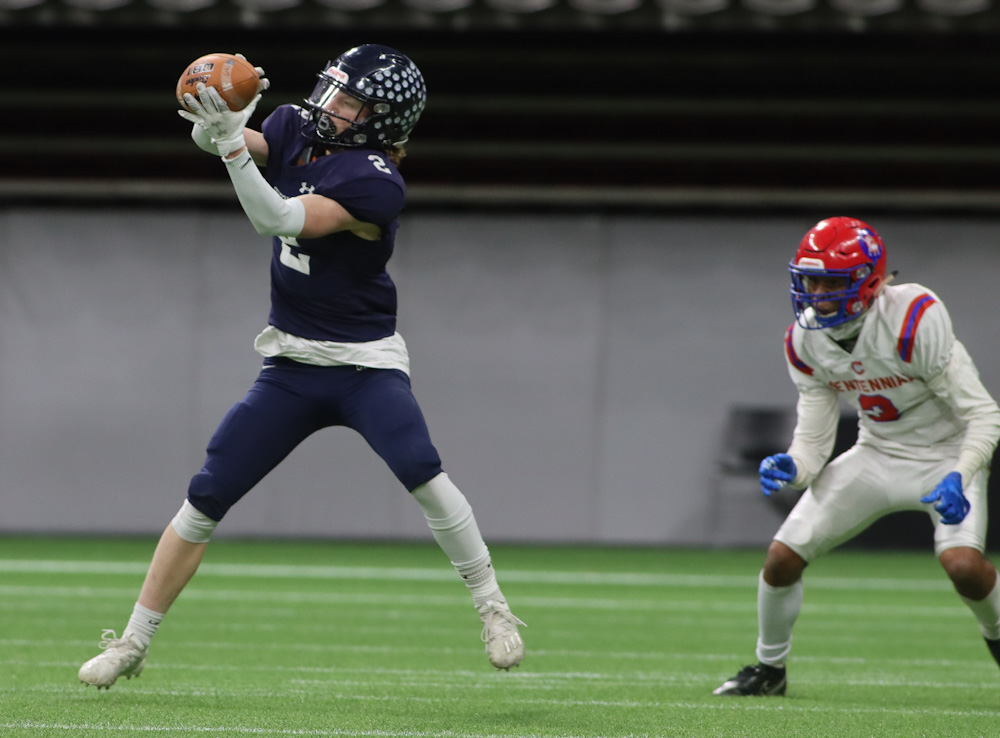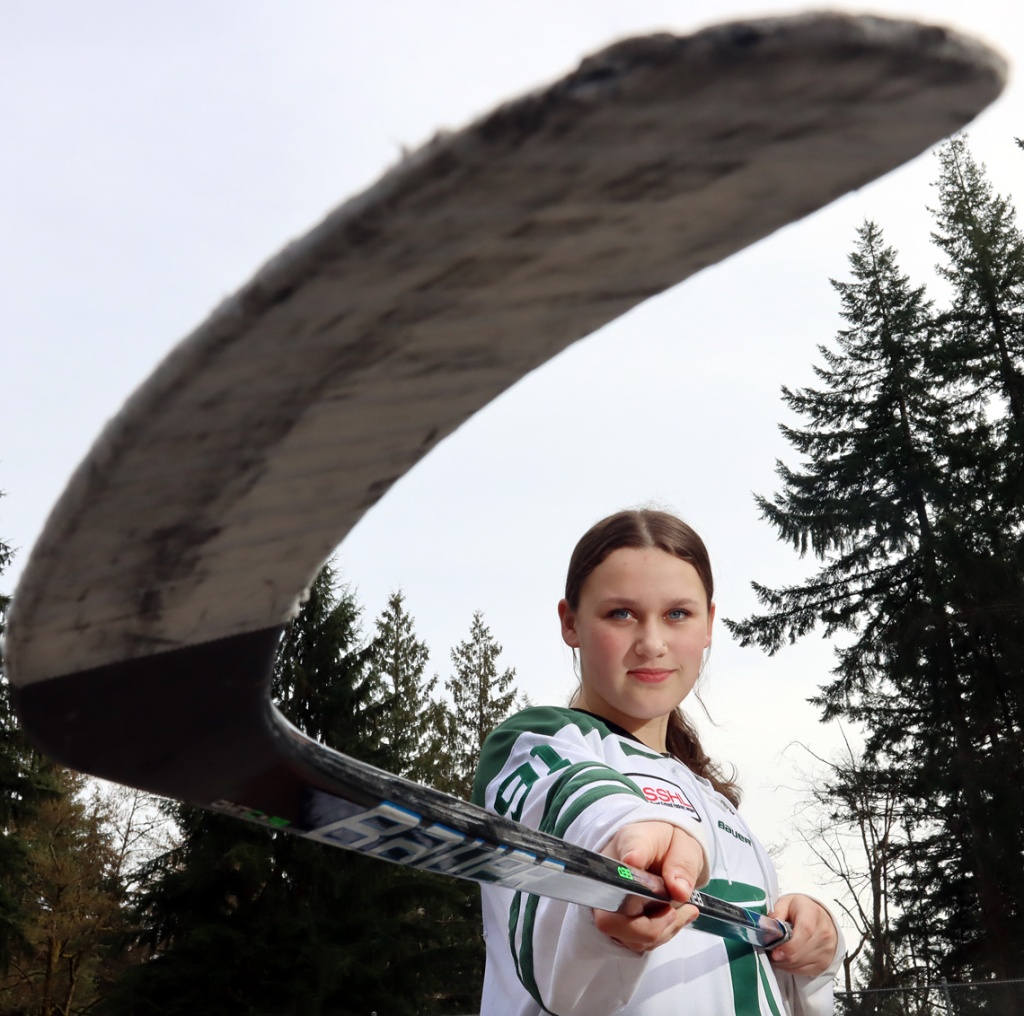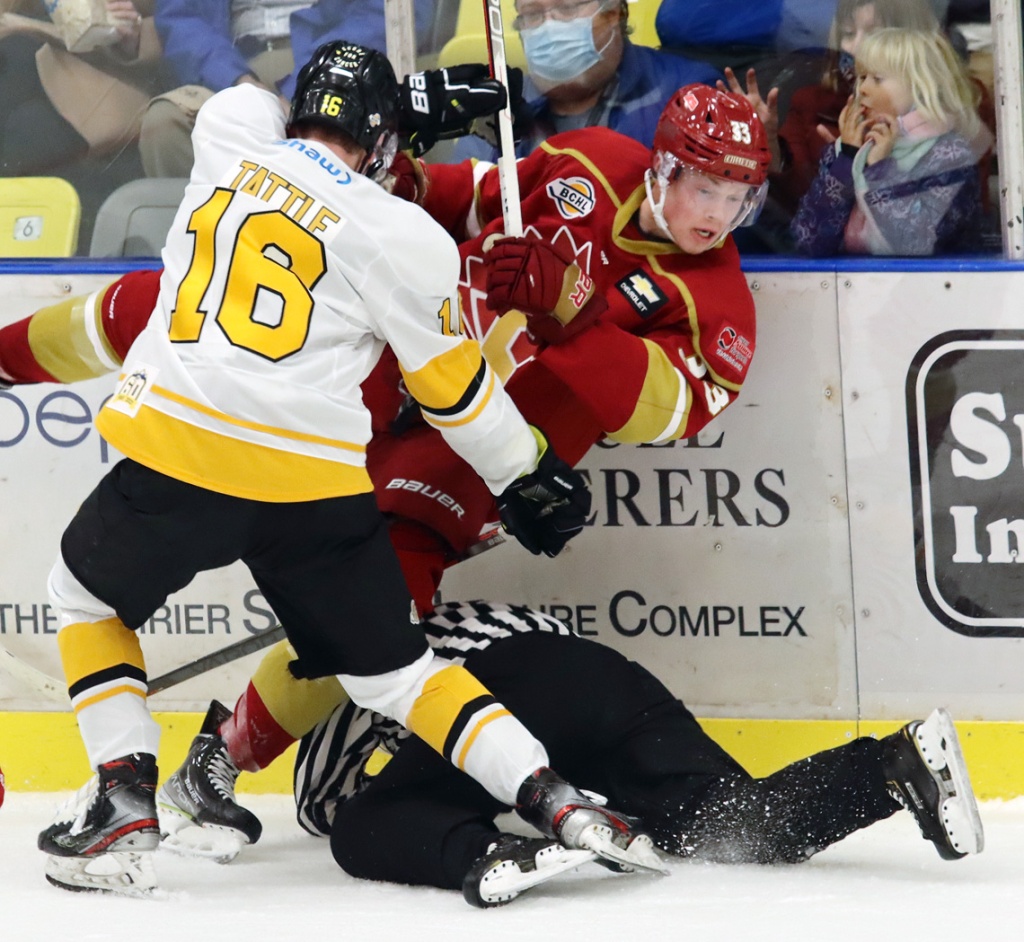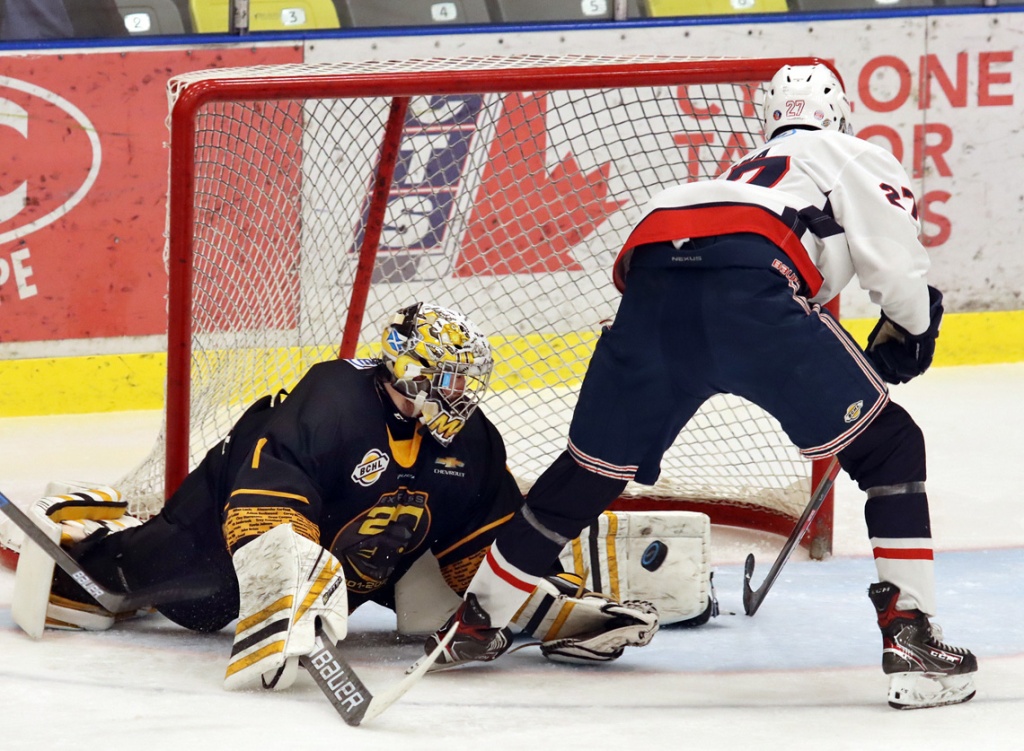This is what local coverage is about.
Saturday, we had two local teams playing in the two varsity semifinal games at BC Place Stadium to determine the opponents for next week’s Subway Bowl provincial high school football championships.
This is typically a pretty big deal.
The kids get to play in the grand environs of a big-time stadium. A couple or few thousands fans fill a section of the expansive grandstand. The local TV stations usually send a crew or cameraman to put together a highlight package (in fact, in days of yore I think they even showed the final game live on one of the stations), the daily papers assign at least a reporter and photographer. Also on the sidelines would be the reporters and photographers from the various community papers if one of their local teams was participating.
It’s always been a lot of fun. We’d get to shoot some dedicated young athletes in relatively decent light, catch up with our colleagues and compete for the best coverage.
But local news resources are now so depleted, the sideline media contingent last night consisted pretty much of myself, a former newspaper journalist who now blogs about high school sports and a reporter from one of the dailies who spent a good chunk of time trying to figure out how he could get a hot dog (can’t say I blame him; don’t even get me started on the demise of the food buffets that used to be provided at big time sporting events to ease the hunger pangs of journalists working at their event).
As we had two teams from our coverage area playing for the possibility of an all-Tri-City final for the first time, I pitched my editor this was an opportunity for us to go big.
With my colleague @KyleBalzer up in the press box handling the writing and live posts to social media, I was able to concentrate on shooting.
At halftime of each game, I headed up to download a couple of photos for the quick hit he’d post to our website and social media channels immediately after each game. Following the final whistle, I edited a more complete take while he gathered quotes and produced a more fulsome account.
Within an hour of the end of each game, visitors to tricitynews.com were able to read a complete game story with accompanying photo gallery and even a few video clips Kyle shot with his phone from the press box.
The daily has yet to post its story (maybe the photos they were going to get from one of the organizers weren’t any good).
The morning news show on TV didn’t even mention the scores.
The blogger is probably sleeping in.
The hits we get on our website may not come close to the traffic generated by a story about a local crime wave or a reader’s screed about a parking ticket, but I’d like to think each one we get will go away from our site appreciative of our commitment to cover the community and then return to us again when they want to find out what’s going on in their neighbourhood or across town.
And for Kyle and I, the evening was a chance for each of us to do what we do best so we could provide our readers the best coverage — even if we were really hungry…
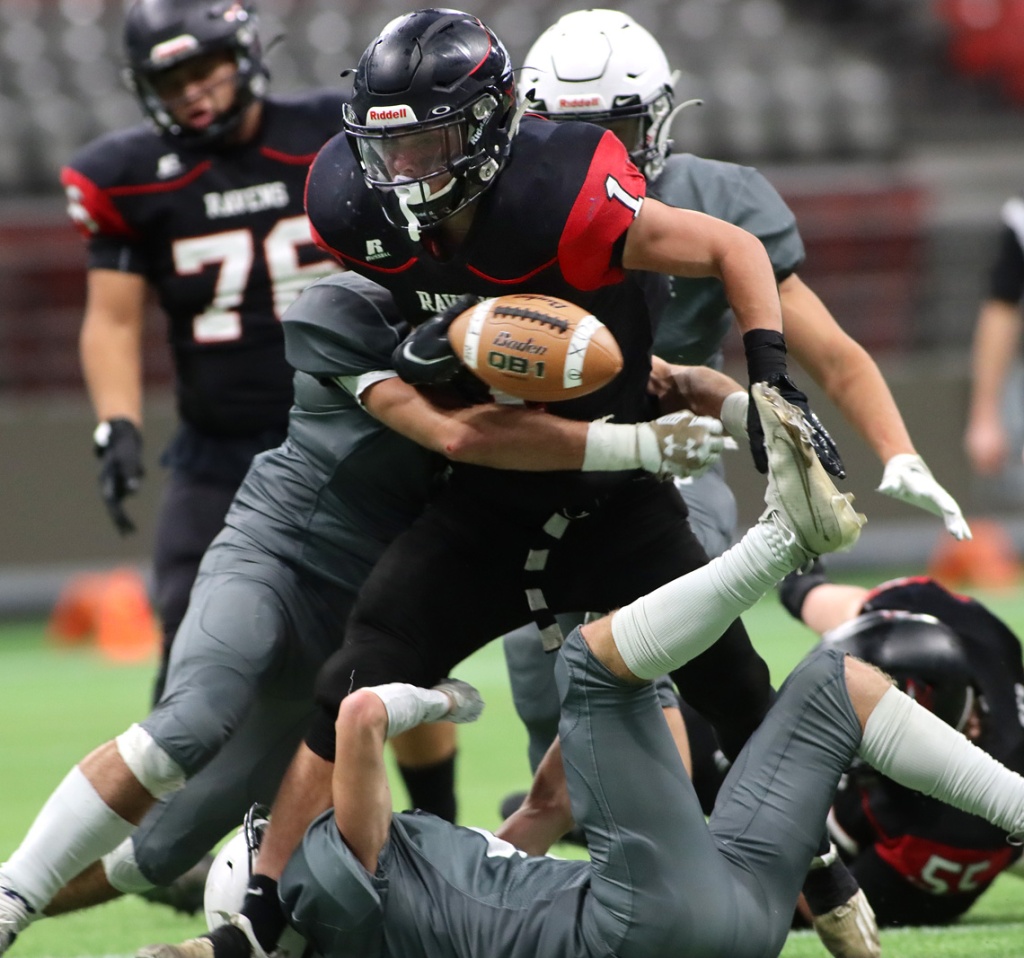







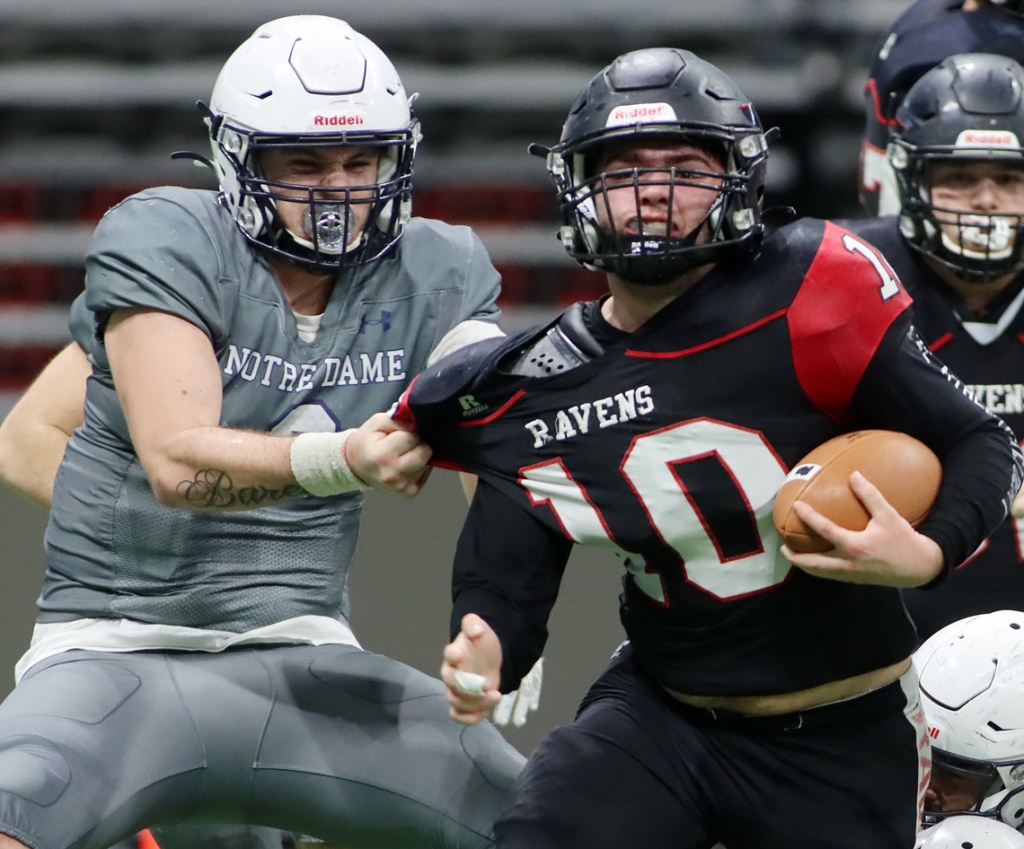
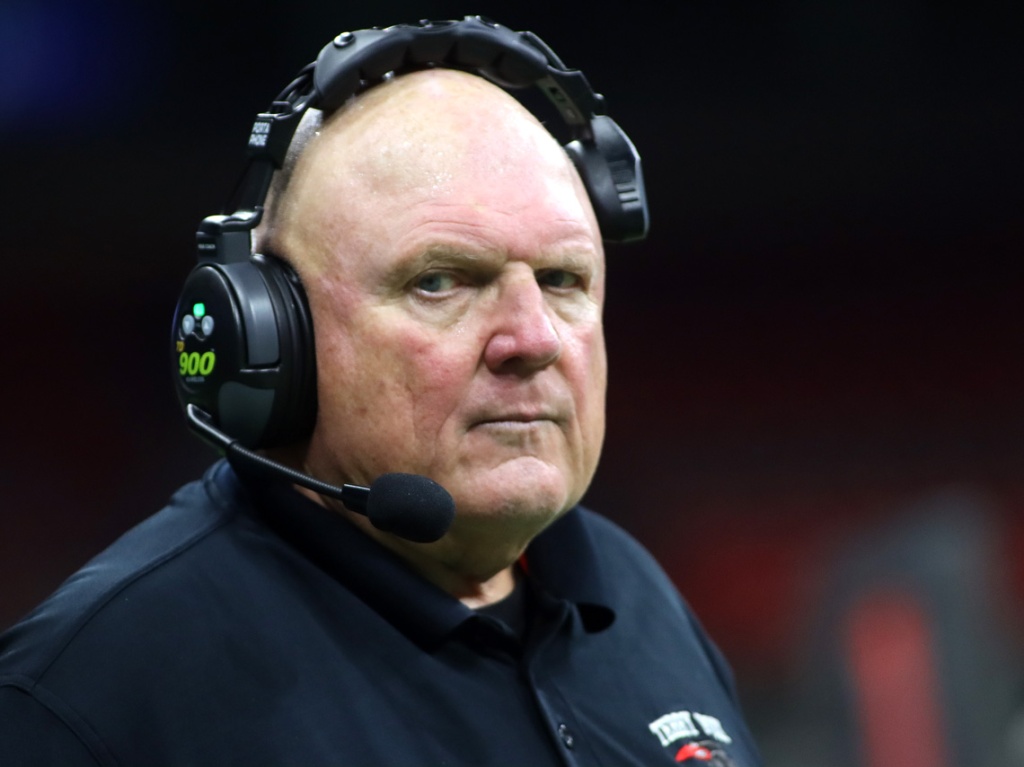

Centennial Centaurs ball carrier Tamani Duncan heads up field to elude the tackle of GW Graham Grizzlies defensive Raiden Mastin in the first half of their BC Secondary Schools Football Association Subway Bowl semifinal game Saturday at BC Place Stadium. The Grizzlies won the game 19-0.
